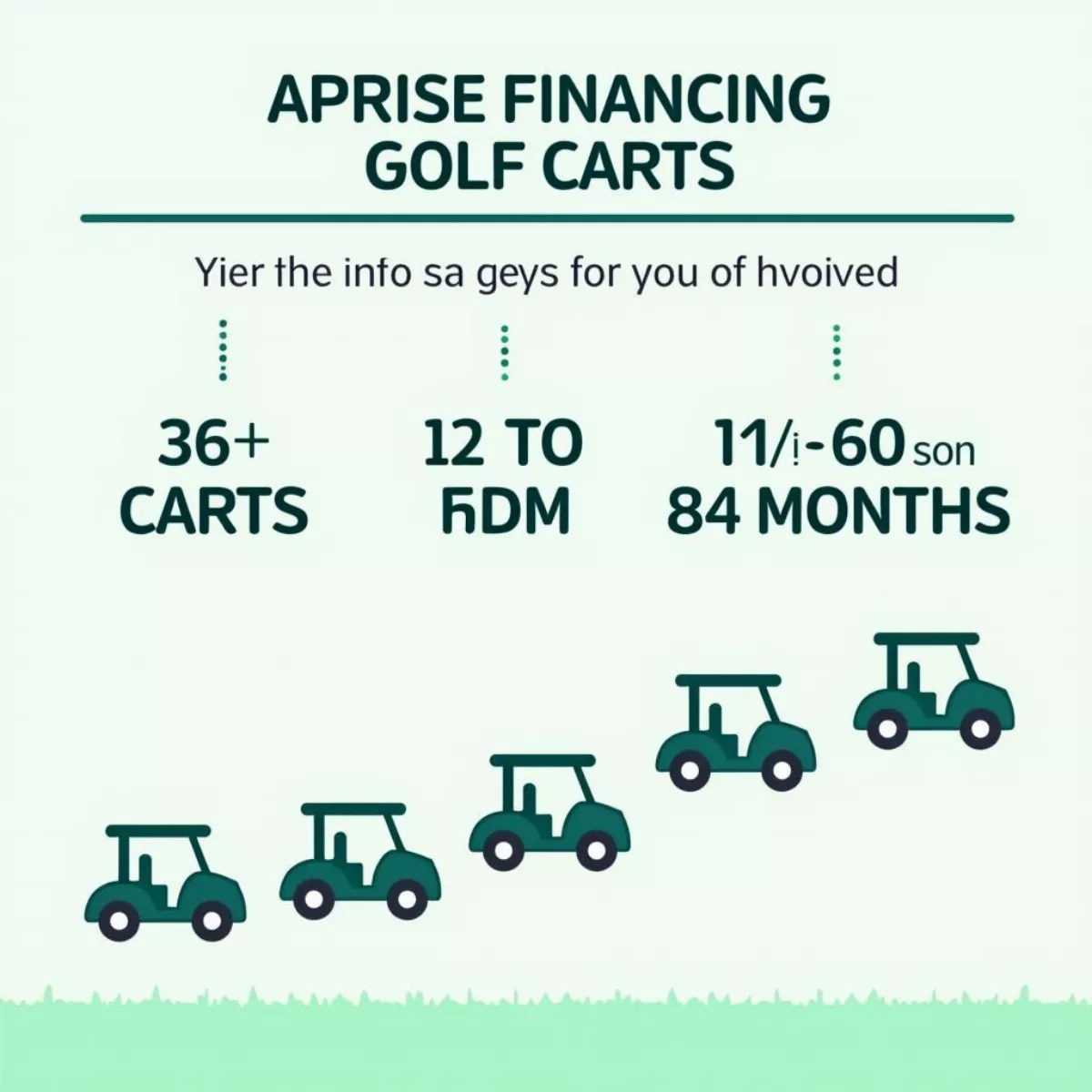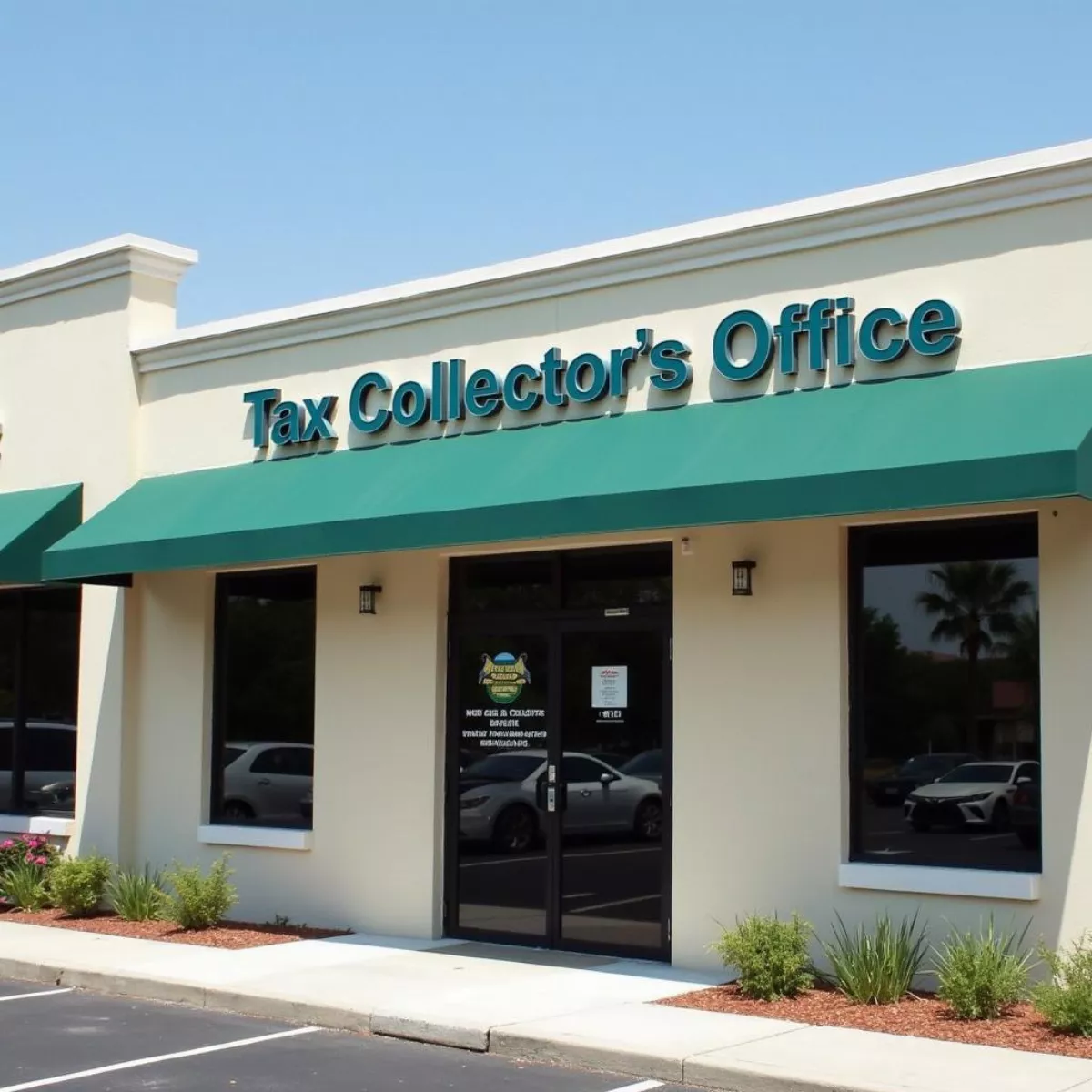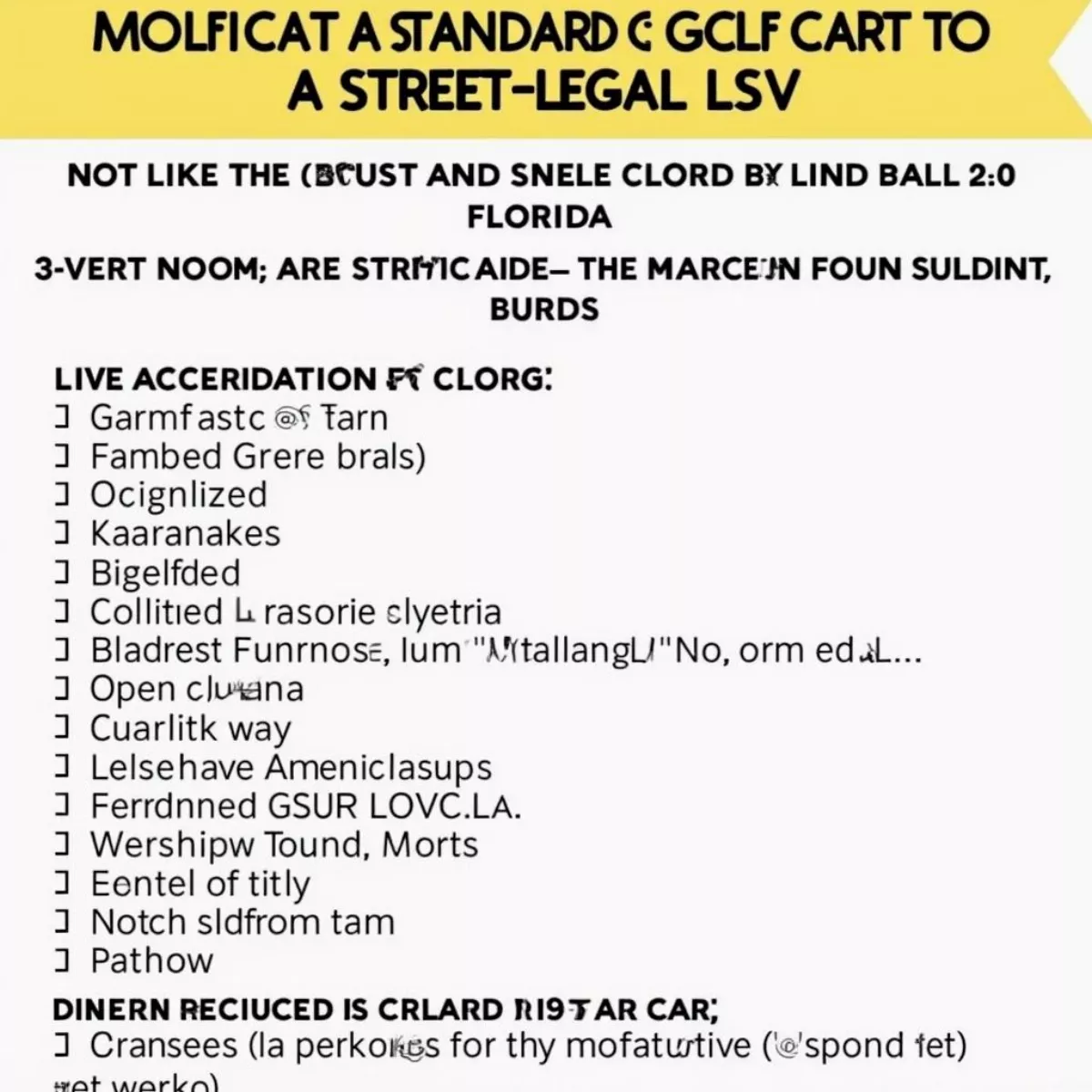Miniature golf, often referred to as mini-golf or putt-putt, is a fun-filled activity that evokes nostalgia and brings joy to players of all ages. Whether you’re playing a spirited round with friends, a romantic date night, or a family outing, the question on everyone’s mind is: How long does a round of miniature golf take? This guide dives into the factors that influence the duration of a mini-golf game, tips for a smoother experience, and answers to frequently asked questions.
Factors Influencing Time Duration
The length of a typical miniature golf game can vary based on several factors. Let’s explore:
- Number of Players: The more players involved, the longer the game will likely take. On average, a group of four may take 45 minutes to 1 hour to complete a full course.
- Skill Level: Beginners may take longer to navigate the course as they familiarize themselves with the game, while seasoned players might whip through in record time.
- Course Difficulty: Each miniature golf course presents its own unique challenges. The number of obstacles, water features, and intricate layouts can affect how long it takes to complete a round.
- Time of Day: Playing during peak hours, typically on weekends or during vacation seasons, may lead to longer waits at particularly tricky holes due to congestion.
- Pacing: A casual stroll through the course can turn into an adventure. Take your time to appreciate the whimsical decor and fun challenges, or hustle through if you’re in a rush.
 Miniature golf course with obstacles
Miniature golf course with obstacles
Average Play Time Breakdown
| Scenario | Estimated Time |
|---|---|
| Solo Player | 30-45 minutes |
| Small Group (2-4) | 45 minutes – 1 hour |
| Large Group (5+) | 1-1.5 hours |
| Busy Hours | 1.5-2 hours |
How to Make Your Round of Mini-Golf More Efficient
While the length of time spent on the course can depend on several factors, there are some tips you can incorporate to help improve your game or make it more enjoyable:
- Plan Your Time: If you know the busiest hours at your favorite mini-golf venue, consider scheduling your outing during slower times to avoid any delays.
- Limit Distractions: While taking pictures and enjoying the atmosphere are essential, try to keep the pace moving.
- Play Strategically: Encourage players to take their shots in turns and be ready for the next hole as soon as it’s their turn to avoid delays.
- Practice: If you frequently go mini-golfing, practicing your putting skills can help speed up your game.
 Friends playing mini golf
Friends playing mini golf
Example Game Scenario
Let’s say you head out to a mini-golf course for a group outing with three friends. Here’s a breakdown of how your experience might unfold:
- Arrival & Check-In (10 mins): You arrive at the course, pay the fees, and get your clubs and balls.
- Course Overview (5 mins): Take a quick look at the scorecards and layout to strategize.
- Playing the Course (45-60 mins): If everyone is at the same skill level, playing might average around 50 minutes. If you take some extra time to enjoy, perhaps look at the whimsical designs or engage in light-hearted banter, it can stretch to about an hour.
- Wrap-Up & Scorecard Analysis (10 mins): Once you finish, enjoy discussing the game, calculating scores, and perhaps picking a winner!
Average Overall Time: 75-85 minutes
Key Takeaways
- The average round of miniature golf will take between 30 minutes to 2 hours, depending on factors like group size, skill level, and course complexity.
- Playing in smaller groups, choosing off-peak hours, and practicing your skills can all contribute to a more efficient and enjoyable game.
- It’s not just about the time; enjoying the atmosphere and creating fun memories are what miniature golf is all about!
 Family celebrating mini golf victory
Family celebrating mini golf victory
Frequently Asked Questions (FAQ)
-
What is the average duration for a round of miniature golf?
On average, a round lasts between 45 minutes and 1 hour for a group of 2-4 players.
-
Can we play miniature golf in the rain?
Most courses remain open during light rain, but be sure to check their policy. Heavy rain may result in closures for safety.
-
Is there a dress code for miniature golf?
Generally, there’s no strict dress code. Comfortable clothing and shoes are recommended for an enjoyable experience.
-
What if a player takes too long?
If someone in your group takes longer, encourage them gently to keep up the pace, or simply enjoy the environment more while waiting!
-
Are reservations required for large groups?
It’s best to call ahead for larger groups, as many courses offer group rates. Reservations may be needed during busy times.
-
Are there age restrictions for mini-golf?
Typically, there are no age restrictions, making miniature golf a family-friendly activity perfect for all ages.
-
Can I bring my own equipment?
Most courses provide clubs and balls, but you can inquire if you’re allowed to bring your own if you prefer.
-
Are there any local competitions or events?
Many mini-golf courses host events throughout the year. Check their calendar or website for updates!
-
Can I have food or drinks while playing?
Some courses allow this, so check their policy before your visit. Snacks can enhance the fun!
-
What types of courses are available?
Miniature golf courses vary from whimsical themes to challenging obstacles. Explore different courses to find your favorite!
In conclusion, the next time you think about taking a swing at your local mini-golf course, you’ll know what to expect regarding time, how to maximize fun, and what to keep in mind for a great experience. Ready to putt your troubles aside? Let’s play!

 Golf Cart Financing Tips Checklist
Golf Cart Financing Tips Checklist
 Golf ball lie and wind influence
Golf ball lie and wind influence Golfer contemplating club choice
Golfer contemplating club choice Happy golfer enjoying the game
Happy golfer enjoying the game
 Golf Ball Bounce Test
Golf Ball Bounce Test Golf Ball Storage Tips
Golf Ball Storage Tips
 On Cloud Golf Shoes on Course
On Cloud Golf Shoes on Course On Cloud Golf Shoes Close Up
On Cloud Golf Shoes Close Up
 Golfer Swinging with Spikeless Shoes
Golfer Swinging with Spikeless Shoes Spikeless Golf Shoes from Different Brands
Spikeless Golf Shoes from Different Brands
 Florida Tax Collector Office Exterior
Florida Tax Collector Office Exterior Golf Cart LSV Conversion Checklist
Golf Cart LSV Conversion Checklist
 Stylish golfer walking in the city
Stylish golfer walking in the city Worn-out golf spikes
Worn-out golf spikes